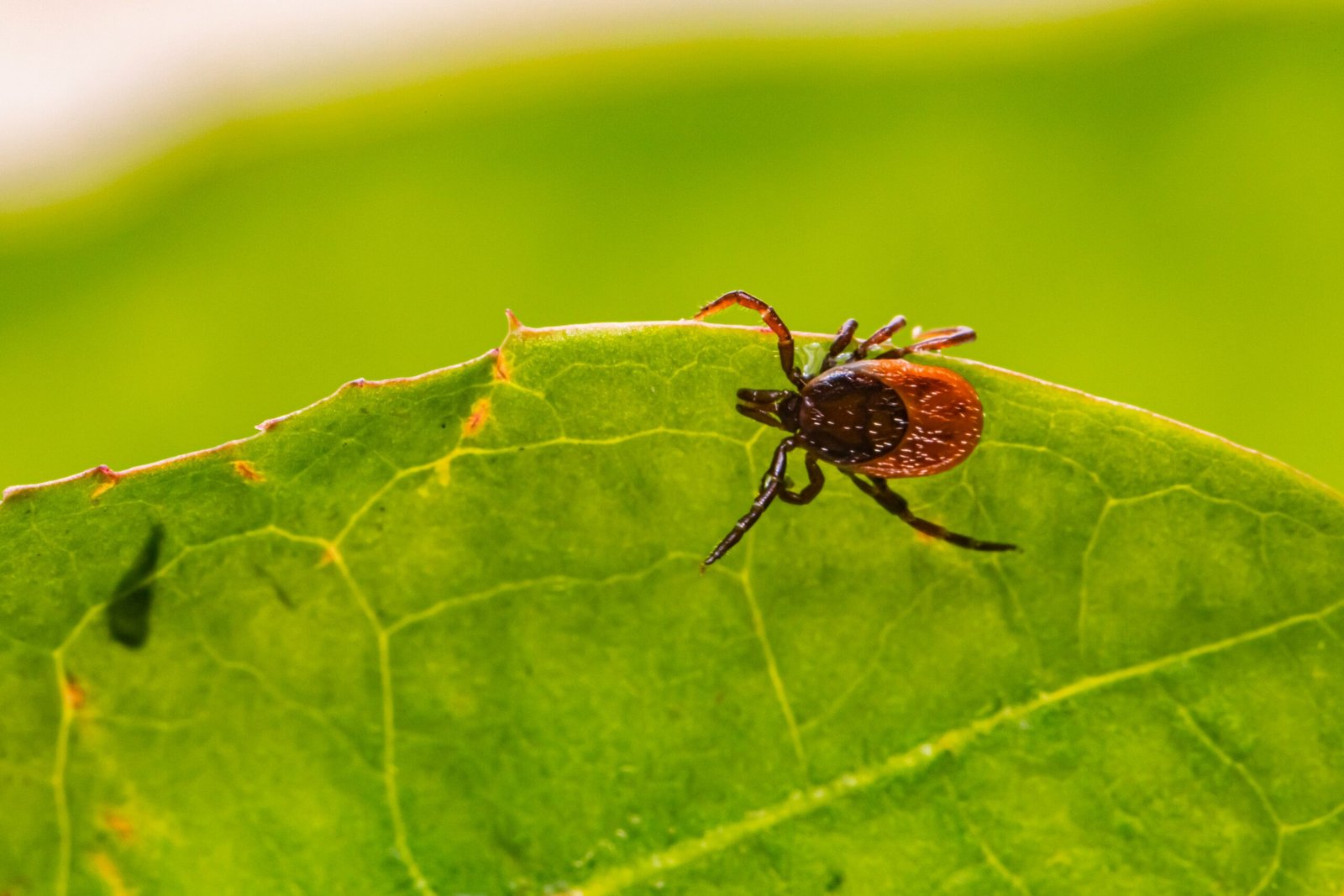Can Ticks Fly?
There is a common misconception that ticks have the ability to fly. However, this is not true. Ticks do not have wings, and they cannot fly or jump like other insects. Instead, ticks rely on a different method to find their hosts.
How Do Ticks Find a Host?
Ticks are arachnids, which means they are more closely related to spiders than to insects. They have a unique way of finding their hosts, and it involves a combination of sensory abilities and environmental cues.
When a tick is ready to feed, it climbs up onto the tips of grasses, shrubs, or other vegetation, and extends its front legs. These legs are equipped with special sensory organs that can detect the presence of a potential host. Ticks can sense heat, carbon dioxide, and other chemicals that are emitted by animals, including humans.
Once a tick has detected a potential host, it will climb onto the host’s body and find a suitable spot to attach itself. Ticks prefer warm, moist areas of the body, such as the back of the knee, the groin, or the armpit.
Protecting Yourself and Your Family from Ticks
While ticks may not be able to fly, they can still pose a threat to you and your family. Ticks are known carriers of various diseases, including Lyme disease and tick-borne encephalitis. It is important to take precautions to protect yourself and your loved ones from tick bites.
1. Wear Protective Clothing
When spending time outdoors in areas where ticks are prevalent, it is important to wear long-sleeved shirts, long pants, and closed-toe shoes. Tucking your pants into your socks can also help prevent ticks from crawling up your legs.
2. Use Insect Repellent
Applying insect repellent to exposed skin can help deter ticks from biting. Look for repellents that contain DEET or picaridin, as these have been proven to be effective against ticks.
3. Perform Regular Tick Checks
After spending time outdoors, it is important to thoroughly check your body for ticks. Pay close attention to areas where ticks are commonly found, such as the scalp, behind the ears, and in the armpits.
If you find a tick attached to your skin, it is important to remove it as soon as possible. Use fine-tipped tweezers to grasp the tick as close to the skin’s surface as possible and pull upward with steady, even pressure. Avoid twisting or jerking the tick, as this can cause the mouthparts to break off and remain in the skin.
4. Create a Tick-Free Yard
Keep your yard well-maintained to reduce tick populations. Clear away leaf litter, mow the grass regularly, and create a barrier between wooded areas and your lawn by using gravel or wood chips.
You can also consider treating your yard with tick control products or hiring a professional pest control service to help reduce the tick population.
Conclusion
While ticks cannot fly, they are still capable of finding their hosts through a combination of sensory abilities and environmental cues. Protecting yourself and your family from tick bites is important to reduce the risk of tick-borne diseases, such as Lyme disease and mammalian meat allergy. By wearing protective clothing, using insect repellent, performing regular tick checks, and creating a tick-free yard, you can minimize the chances of encountering ticks and the potential health risks they pose.
